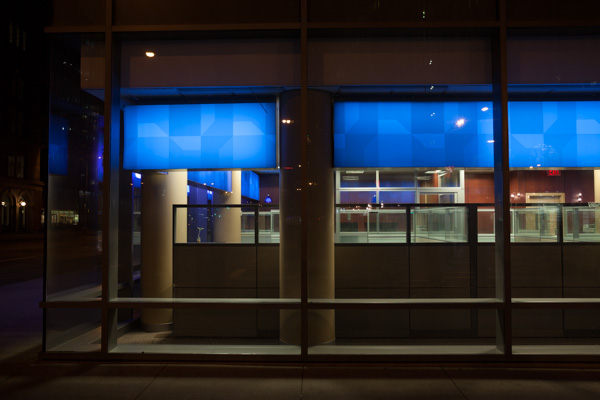
A Tree Grows, Chase Bank
There is an important idea within street photography to ‘go beyond the ordinary,’ or to capture images that are different from the normal.
But what is the process of photographing this way? And why? What is the point?
The idea behind seeing beyond the ordinary is to develop your own way of doing it, and although there are no clear-cut answers or rules to photographing this way, here are some ideas that can help you think about capturing images in a unique way.
Find beauty in the story
Beauty is not only a visual characteristic. Try to create images that will cause your mind to invent a story.
It is important to note that these stories don’t have to have a resolution. Some of the most powerful images will cause you to think about them differently over time or depending on how you feel that viewing, in that moment.
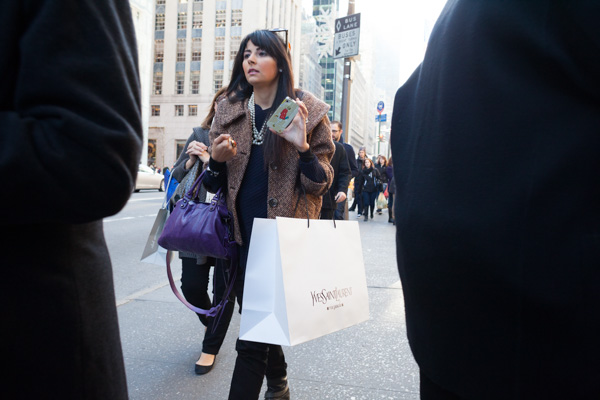
Lady in Red, 5th Avenue
Take a look at the image above. For me, there is a story here somewhere within the disconnect between the image of the free flowing girl in red on the iPhone case and the rigid stance of the woman dressed in jewelry and muted tones.
Slow down
It’s so hard to pay attention to what’s going on around you if you are running around, overstimulated, and trying to immediately capture everything around you.
Take a deep breath, put the camera down to your side, and just wait and look around a bit. Unique photographs are hidden all around us, but you need to pay attention to be able to seek them out.
An image that is different might not stand out at first
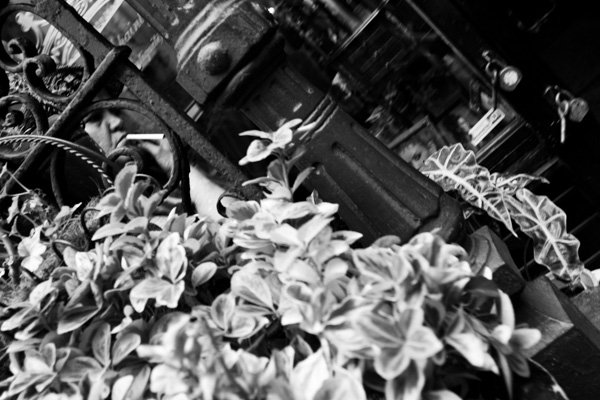
The Cigarette Break
Have you ever listened to a song and disliked it the first time, but then the second or third time you hear it you start to appreciate it. Then you can’t get enough of it? (and then it’s played so much that you can’t stand it again, but that’s another story)
Some of the best, most extraordinary images will not always hit you at first.
The same idea happens within imagery. Some of the best, most extraordinary images will not always hit you at first. With photography, and especially with the amount of imagery that passes our eyes daily, an image only has a millisecond to grab our attention and then a couple seconds of our attention if we do decide to click on it. This trend can affect how we photograp,h and how we see the world. I think this is a reason why coloured filter effects are so prevalent these days, because they catch our attention so well, but just as quickly as they enter our lives, they fade off into the sea of similar photographs that we forget about.
The best images are the ones that grow with you over time – that you can put next to your desk and look at over and over again without losing interest.
These images don’t care about the first two seconds.
If everyone’s looking one way, look the other

Designated Photo Spot
This idea works for so many things; investing, real estate, but also for photography. If everyone is fixated on one thing, or one way of doing something, then it’s often best to head in a different direction.
What direction that is, who knows. But it will be easier to figure that out if you are able to rule out the wrong directions.
Find beauty in the mundane
This idea doesn’t mean to photograph things that are boring. It means to search for interest in areas that would normally be thought of as mundane. Don’t rule out areas or objects to photograph and don’t be afraid to capture something as ‘mundane’ as an empty wall.
You don’t need to know why you are capturing something, you don’t have to know the meaning of what you are capturing, and it doesn’t have to be beautiful in the traditional sense. The most important gauge is that it makes you feel something when you look at the image.
Don’t fixate on getting attention
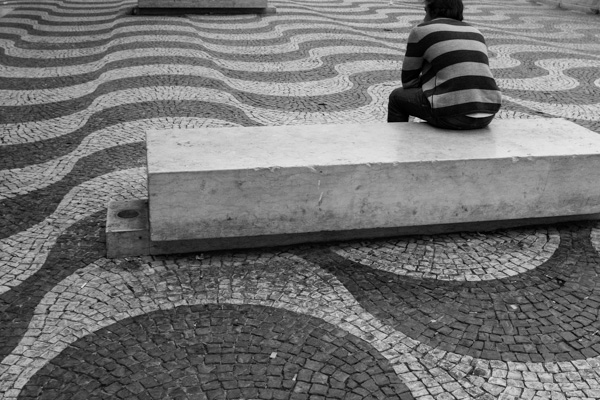
Lost in Lisbon
Photographing this way might mean that people are going to pass by these types of images the first, second, or fifth time they see them.
Not everyone is guaranteed to like it, to be used to it, or to understand it. Even more likely, most people might not even stop and notice it at first. So don’t be discouraged if this happens. With this type of photography you are interested in influencing one person significantly, not catching the eye of most people right away.
It is a good idea to find one photograph,y or art-loving friend, to talk about these images instead of worrying about how everyone feels about them. If you stick with one or a few people to show your work consistently, they can grow to understand it better and can give you advice and feedback.
Anyway, the real success of an image is if you like it.
Post originally from: Digital Photography Tips.
Check out our more Photography Tips at Photography Tips for Beginners, Portrait Photography Tips and Wedding Photography Tips.
Using Street Photography to See Beyond the Ordinary
The post Using Street Photography to See Beyond the Ordinary by James Maher appeared first on Digital Photography School.

Digital Photography School
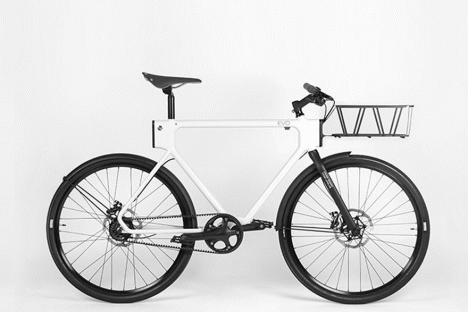
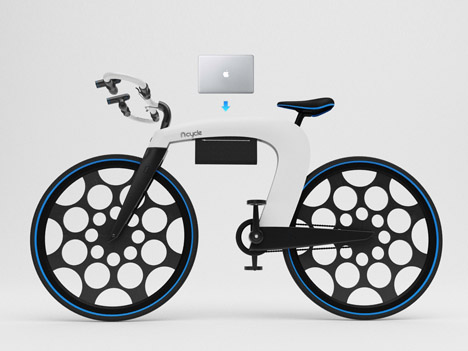
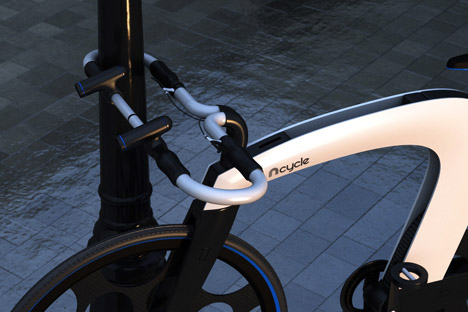
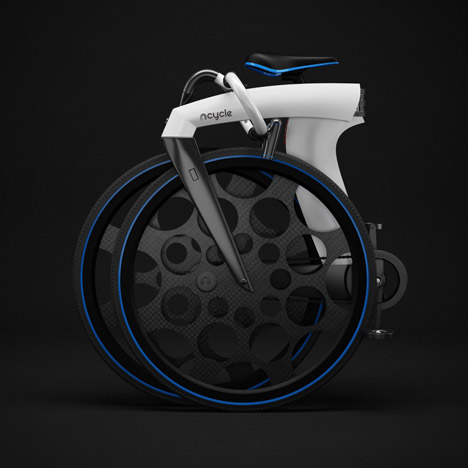





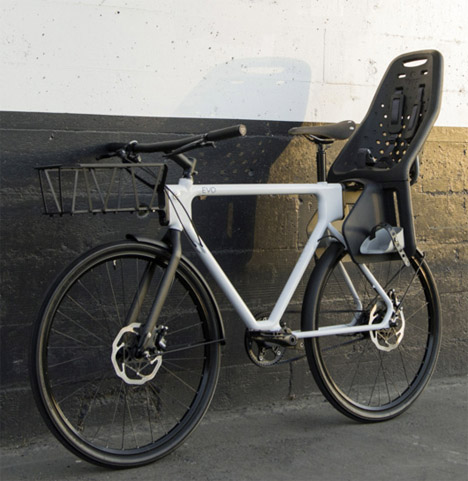
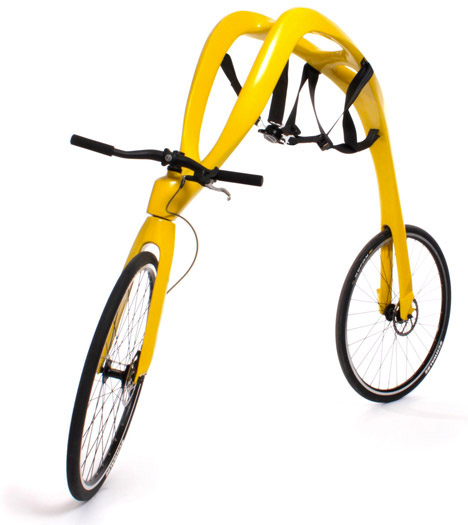
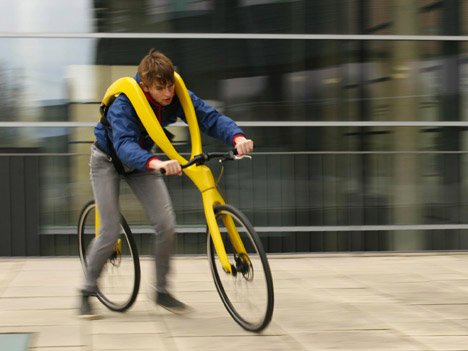
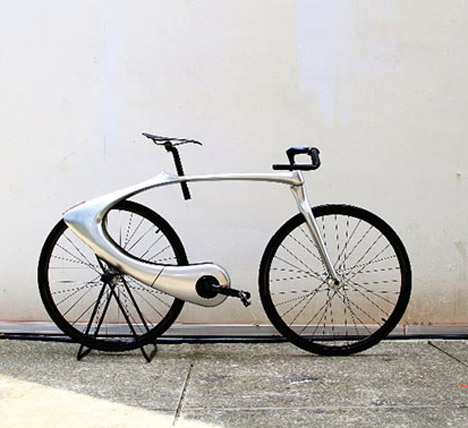
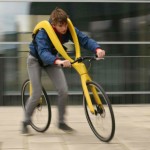
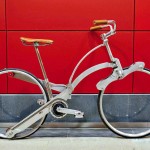

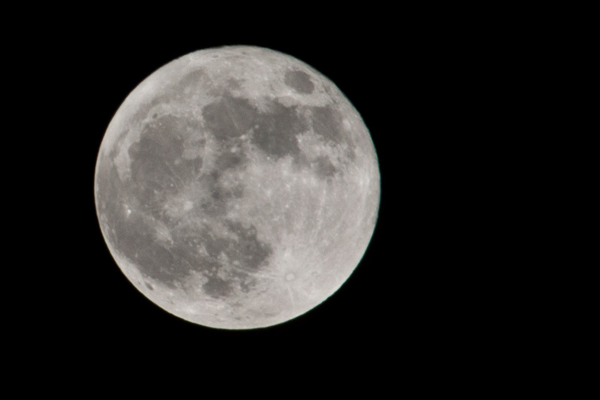
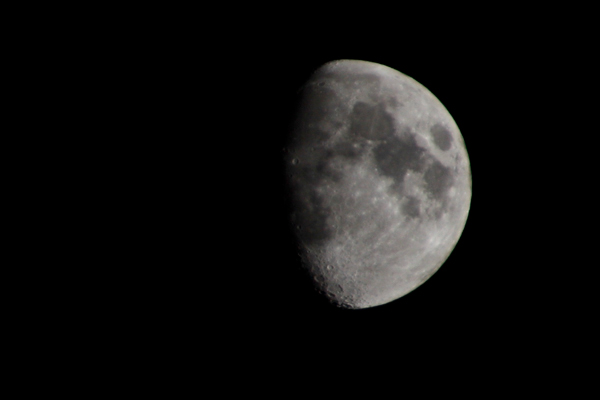
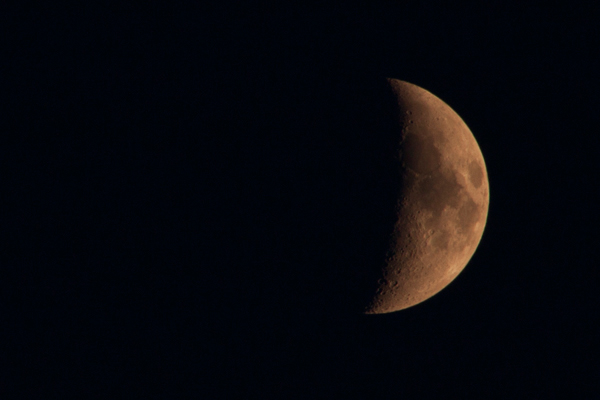
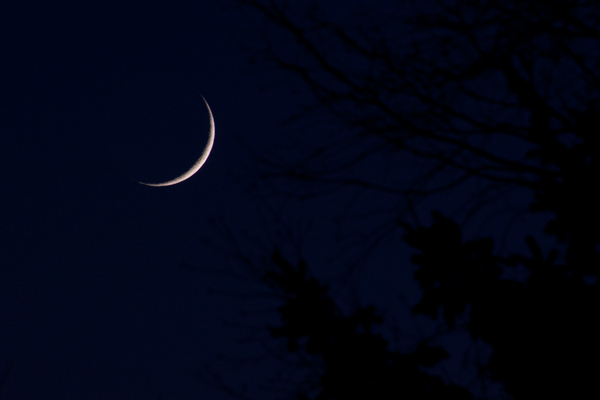
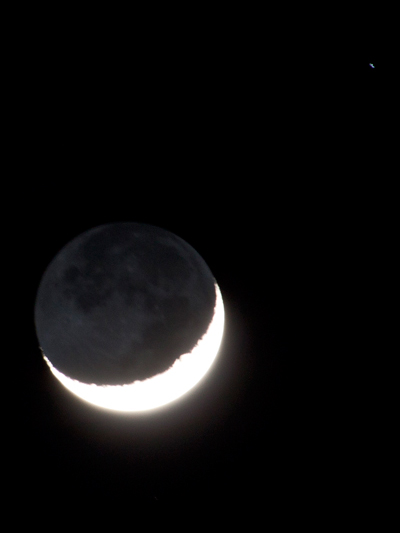

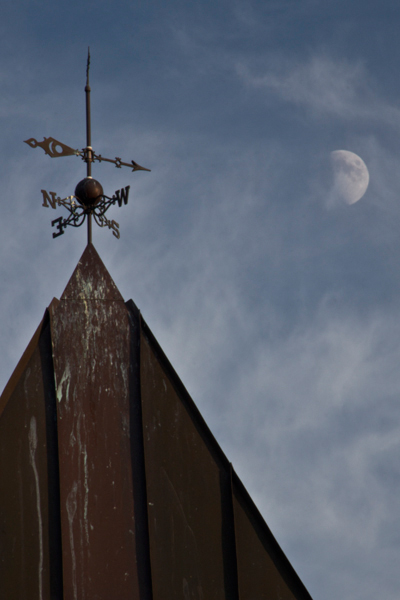
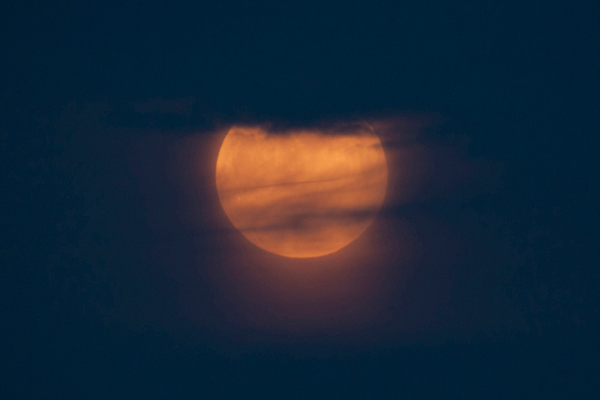

















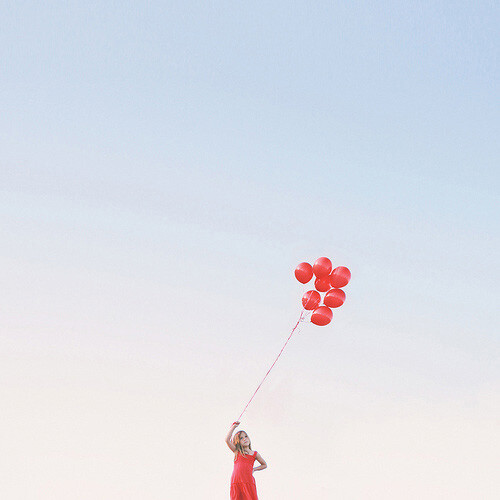















You must be logged in to post a comment.